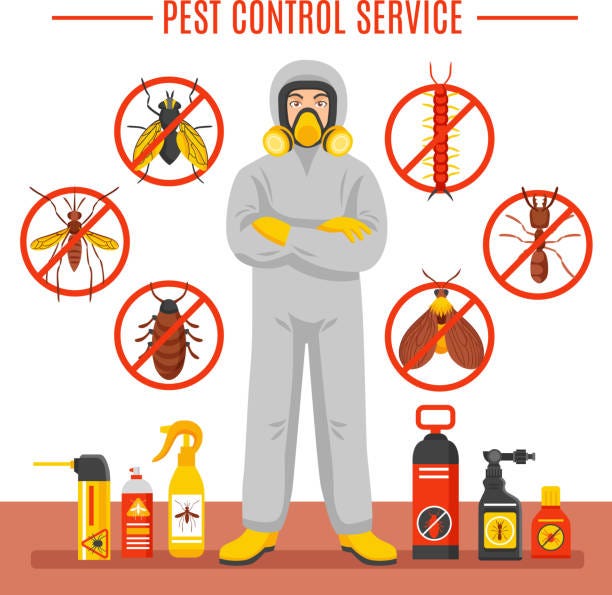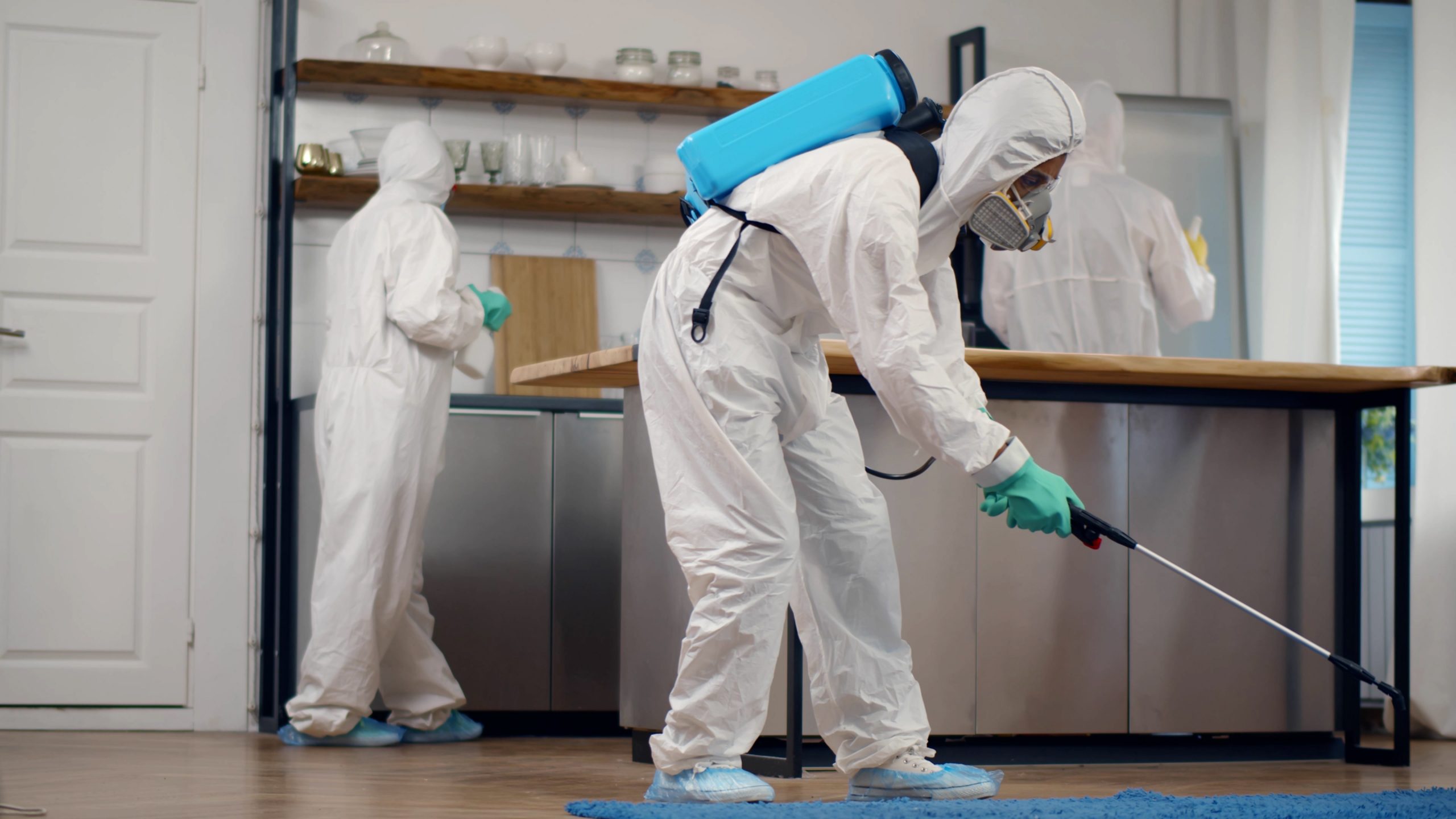Effective A1 Bed Bug Treatment in Charlotte - Safe and Proven Approaches
Effective A1 Bed Bug Treatment in Charlotte - Safe and Proven Approaches
Blog Article
Bed Insect Treatment Break Down: Contrasting Chemical Vs. Non-Chemical Solutions
In the realm of pest control, particularly when dealing with the relentless issue of bed pests, the selection in between chemical and non-chemical therapy solutions can be a crucial one. Both methods use unique benefits and drawbacks, influencing elements such as performance, safety and security considerations, and overall expense. By examining the nuanced information of each method, a clearer understanding of which course to seek in dealing with a bed insect invasion can be achieved.
Efficiency of Chemical Treatments
Chemical treatments for bed insect problems have actually been extensively acknowledged for their powerful and quick efficacy in eliminating these pests. When considering the performance of chemical therapies, it is vital to comprehend that they can provide a fast and thorough solution to a bed bug problem. Expert pest control experts often count on insecticides to target bed insects at numerous phases of their life process, including eggs, grownups, and fairies. These chemicals typically work by disrupting the bed insects' nerve system, resulting in paralysis and eventual death.
In addition, chemical treatments have the benefit of supplying residual results, implying that they can remain to eliminate bed pests also after the initial application. This residual action is specifically helpful in combating any type of prospective re-infestations. Additionally, the rapid action of chemical therapies can bring relief to people dealing with severe bed pest infestations, permitting them to reclaim control of their home rapidly.
Security Interest In Chemical Solutions
When making use of chemical solutions for bed pest treatment is making sure the safety and security of passengers and the environment,One vital element that calls for careful factor to consider. While chemical therapies can be reliable in getting rid of bed bugs, they may present threats if not dealt with effectively. One of the key safety problems with chemical options is the potential damage they can create to human wellness. Direct exposure to particular chemicals used in bed bug treatments can bring about respiratory system problems, skin inflammation, or other unfavorable reactions, especially in individuals with pre-existing conditions or sensitivities. Furthermore, improper application or dose of chemical pesticides can lead to toxic deposits sticking around in the treated location, positioning long-term health dangers to owners.
In addition, the ecological impact of chemical options is an additional significant consideration. Some chemicals utilized in bed pest therapies may be harmful to advantageous pests, wildlife, and communities if they seep into the dirt or water systems. It is vital to utilize chemical treatments judiciously, complying with security standards, and considering much less poisonous options to reduce these risks and make sure fly exterminator the efficient and secure management of bed pest problems.
Advantages of Non-Chemical Strategies
Taking into consideration the potential safety problems and ecological impact associated with chemical services for bed insect therapy, discovering non-chemical strategies offers a promising choice with several distinct benefits. Non-chemical therapies are eco friendly, as they do not add to air or water air pollution, making them a lasting choice for insect control.
Furthermore, non-chemical services can be efficient in targeting bed pests, including hard-to-reach areas where chemical treatments might not penetrate. Techniques such as warmth therapy, vacuuming, steam cleaning, her explanation and cushion coverings provide extensive removal without using unsafe chemicals. Additionally, non-chemical approaches can be much less turbulent, calling for minimal preparation and enabling quicker reentry into treated areas. On the whole, choosing non-chemical bed bug treatment methods not just prioritizes security and environmental management but additionally makes certain reliable and thorough pest control.
Limitations of Non-Chemical Treatments

Additionally, non-chemical treatments commonly require several applications to attain effective obliteration. This can be time-consuming and might not constantly ensure full removal of all bed pests and their eggs, particularly in covert or hard-to-reach areas.
In addition, the success of non-chemical treatments greatly counts on correct application and thoroughness, which can be challenging for individuals without professional experience. Inadequate application of non-chemical methods may result this in incomplete removal, leading to relentless infestations and the demand for added therapies.
For that reason, while non-chemical therapies have their benefits, it is important to recognize these restrictions and consider them when determining one of the most effective method for taking care of bed pest problems.
Cost Contrast: Chemical Vs. Non-Chemical Options
Given the constraints linked with non-chemical treatments, an important element to review in the context of bed insect management is the expense contrast between chemical and non-chemical alternatives. In contrast, non-chemical therapies like heat treatment or steam can be more costly, with prices ranging from $1,000 to $6,000 for a whole home. While the initial price of chemical therapies may appear lower, multiple therapies may be required to fully get rid of the invasion, possibly enhancing the general price.
Final Thought

Thinking about the possible security problems and environmental influence connected with chemical remedies for bed pest therapy, discovering non-chemical methods provides a promising alternative with a number of unique benefits.Offered the restrictions associated with non-chemical therapies, a vital aspect to examine in the context of bed insect administration is the expense contrast in between chemical and non-chemical options. In comparison, non-chemical therapies like heat therapy or heavy steam can be more costly, with prices ranging from $1,000 to $6,000 for an entire home. While the preliminary expense of chemical therapies may seem lower, numerous treatments might be required to fully eliminate the problem, possibly raising the general cost.In verdict, when contrasting chemical and non-chemical bed pest treatment alternatives, it is necessary to think about efficiency, security, benefits, restrictions, and cost.
Report this page